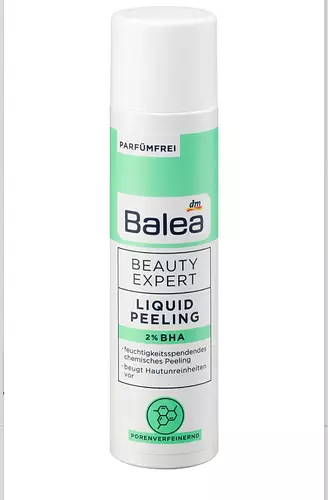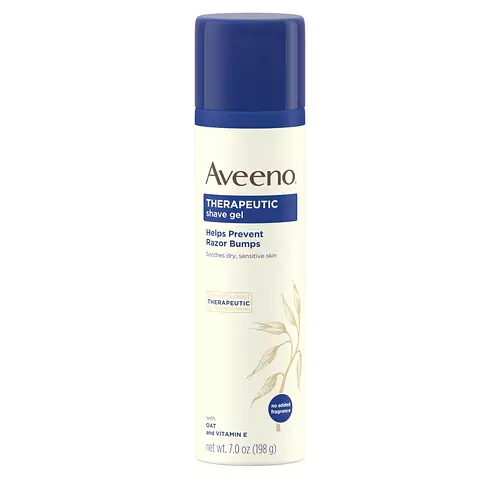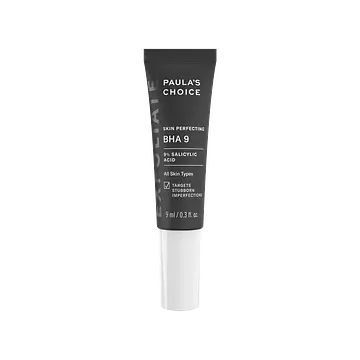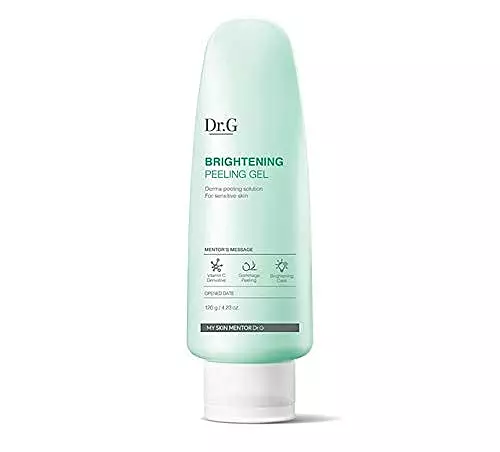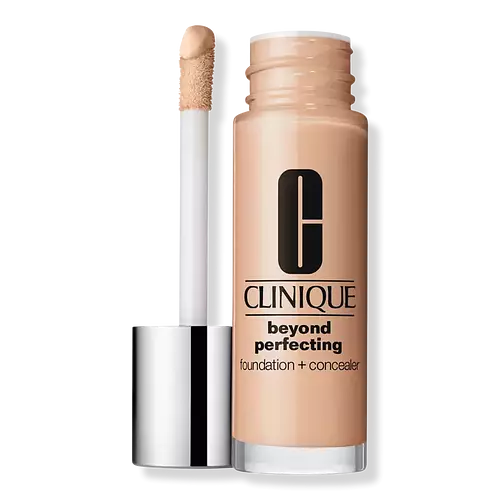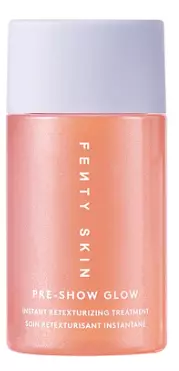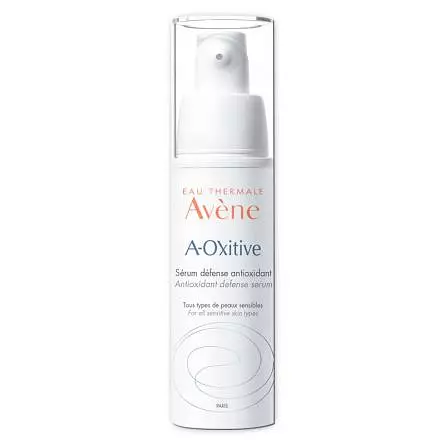Updated on July 18, 2023
Overview
What they are
These products are both reef safe . They have a total of 5 ingredients in common
Cool Features
They both contain BHA
Suited For
They're both likely to be good for fighting acne, anti aging, dry skin, brightening skin, sensitive skin, oily skin, reducing pores and scar healing
Free From
They both do not contain any harsh alcohols, common allergens, oils, parabens, silicones or sulfates
We independently verify ingredients, and our claims are backed by peer-reviewed research. Spot a product that needs an update? Let us know.
Ingredient Info
Balea Liquid Peeling 2% BHA 6 ingredients
The Ordinary AHA 30% + BHA 2% Peeling Solution 25 ingredients
At a glance
Click on any of the items below to learn more
Balea Liquid Peeling 2% BHA 6 ingredients
The Ordinary AHA 30% + BHA 2% Peeling Solution 25 ingredients
Notable Ingredients
This product contains 1 ingredient that may have this attribute:
Benefits
This product contains 1 ingredient that may have this attribute:
This product contains 1 ingredient that may have this attribute:
This product contains 1 ingredient that may have this attribute:
This product contains 1 ingredient that may have this attribute:
This product contains 2 ingredients that may have this attribute:
This product contains 1 ingredient that may have this attribute:
This product contains 1 ingredient that may have this attribute:
This product contains 2 ingredients that may have this attribute:
This product contains 2 ingredients that may have this attribute:
Concerns
This product contains 1 ingredient that may have this attribute:
This product contains 1 ingredient that may have this attribute:
This product contains 1 ingredient that may have this attribute:
This product contains 1 ingredient that may have this attribute:
Notable Ingredients
This product contains 4 ingredients that may have this attribute:
This product contains 1 ingredient that may have this attribute:
This product contains 1 ingredient that may have this attribute:
Benefits
This product contains 1 ingredient that may have this attribute:
This product contains 2 ingredients that may have this attribute:
This product contains 1 ingredient that may have this attribute:
This product contains 4 ingredients that may have this attribute:
This product contains 5 ingredients that may have this attribute:
This product contains 2 ingredients that may have this attribute:
This product contains 2 ingredients that may have this attribute:
This product contains 5 ingredients that may have this attribute:
This product contains 1 ingredient that may have this attribute:
This product contains 6 ingredients that may have this attribute:
Concerns
This product contains 1 ingredient that may have this attribute:
This product contains 5 ingredients that may have this attribute:
This product contains 5 ingredients that may have this attribute:
This product contains 2 ingredients that may have this attribute:
Ingredients Side-by-side
Ingredients Explained
These ingredients are found in both products.
Ingredients higher up in an ingredient list are typically present in a larger amount.
Propanediol helps absorb ingredients into your skin, boosting their benefits. It can act as an emollient, making your skin softer. Propanediol can help products last longer by boosting the properties of preservatives within the formulation.
Propanediol is not likely to cause sensitivity and considered safe to use.
It is derived from corn or petroleum with a clear color and no scent.
Learn more about PropanediolWater. It's the most common cosmetic ingredient of all. You'll usually see it at the top of ingredient lists, meaning that it makes up the largest part of the product.
So why is it so popular? Water most often acts as a solvent - this means that it helps dissolve other ingredients into the formulation.
You'll also recognize water as that liquid we all need to stay alive. Talk about multi-purpose! If you see this, drink a glass of water. Stay hydrated!
Learn more about WaterSalicylic Acid (also known as beta hydroxy acid or BHA) is one of the most well-known ingredients for treating skin that struggles with blackheads and acne. It helps to exfoliate both the skin's surface and pores, and also acts as an anti-inflammatory agent.
This multitasking property makes it a great ingredient for cleaning out pores, controlling oil production, and reducing inflammation.
Unlike AHAs which are water soluble, Salicylic Acid is oil soluble. This means that it's able to exfoliate the inside of pores and reduce blackheads.
Concentrations of 0.5-2% are recognized by the U.S. FDA as an over-the-counter topical acne product.
It can cause irritation and/or dryness if one's skin already has a compromised moisture barrier, so it's best to focus on repairing that before introducing a Salicylic Acid into your routine.
In general, Salicylic Acid is a great ingredient for oily acne-prone skin.
While salicylic acid does not increase sun-sensitivity, we still recommend wearing SPF.
If you are looking for the ingredient called BHA or Butylated Hydroxyanisole, click here.
Learn more about Salicylic AcidGlycerin is already naturally found in your skin. It helps moisturize and protect your skin.
A study from 2016 found glycerin to be more effective as a humectant than AHAs and hyaluronic acid.
As a humectant, it helps the skin stay hydrated by pulling moisture to your skin. The low molecular weight of glycerin allows it to pull moisture into the deeper layers of your skin.
Hydrated skin improves your skin barrier; Your skin barrier helps protect against irritants and bacteria.
Glycerin has also been found to have antimicrobial and antiviral properties. Due to these properties, glycerin is often used in wound and burn treatments.
In cosmetics, glycerin is usually derived from plants such as soybean or palm. However, it can also be sourced from animals, such as tallow or animal fat.
This ingredient is organic, colorless, odorless, and non-toxic.
Glycerin is the name for this ingredient in American English. British English uses Glycerol/Glycerine.
Learn more about GlycerinSodium Hydroxide is also known as lye or caustic soda. It is used to adjust the pH of products; many ingredients require a specific pH to be effective.
In small amounts, sodium hydroxide is considered safe to use. However, large amounts may cause chemical burns due to its high alkaline.
Your skin has a natural pH and acid mantle. This acid mantle helps prevent harmful bacteria from breaking through. The acid mantle also helps keep your skin hydrated.
"Alkaline" refers to a high pH level. A low pH level would be considered acidic.
Learn more about Sodium HydroxideIngredient Ratings
Here's what our community thinks of the ingredients in these two products.
When to use
Balea Liquid Peeling 2% BHA 6 ingredients
The Ordinary AHA 30% + BHA 2% Peeling Solution 25 ingredients


Reviews
Here's what our community thinks
The Ordinary AHA 30% + BHA 2% Peeling Solution 25 ingredients
BrodyTosi
Speaking anecdotally, please be very well informed and careful if you choose to use this product. While this product contains both AHA and BHA...
Speaking anecdotally, please be very well informed and careful if you choose to use this product. While this product contains both AHA and BHA chemical exfoliants I will be emphasizing its AHA content as a potential safety/irritant concern to the skin. Alpha hydroxy acids in this concentration can very easily over-exfoliate by stripping corneocytes from, or desquamating, the outermost stratum corneum of the epidermis. While this product formulation is vague about specific AHA composition of “30%”, The Ordinary’s website states that glycolic acid is the primary alpha hydroxy acid in their formula. Current clinical research (and the FDA) has established a general consensus that the concentration of AHAs for safe routine use in over the counter products is approximately in the figure range of 2-10%. For reference, dermatologists with over 8 years of medical and residency training perform chemical peels with glycolic acid ranging in concentration anywhere from 20-70% depending on intended penetration of the stratum corneum. With that said, there are some individuals with skin who can tolerate this level of exfoliation, but my personal philosophy is that less is more with chemical exfoliants. If you are thinking about using this product please do your due diligence and look into open-access research on chemical exfoliants, consider all exfoliant options side-by-side/if a chemical exfoliant is right for you, and understand your skin’s sensitivity level before jumping to one product.
cgi
one of my fav chemical exfoliators. i recommend this for people with oily/acne-prone skin, those with dry or sensitive types should probably...
one of my fav chemical exfoliators. i recommend this for people with oily/acne-prone skin, those with dry or sensitive types should probably avoid.
NOTES: please be careful with this. i’ve seen so many people use this product incorrectly and would end up getting a bad reaction (like literally burning their face). then leave bad review without having used it properly. this is a CHEMICAL exfoliating peel, it will sting but it should NEVER burn. if it does, your skin either cannot handle it or it was applied wrong.
here’s how to make sure it’s being used correctly:
- don’t use it with any clashing ingredients in your other products. (ex: vitamin C)
- don’t use it if you have open wounds (picked pimples)
- make sure your skin is completely dry before application, only use 2-3 drops or enough to cover your face.
- it should be a thin red layer, not thick, or you’ll burn your skin.
- AVOID APPLYING ON EYE AREA
- do NOT leave it on for more than 10 minutes, even if you don’t feel anything. you will completely strip and damage your skin.
- make sure to use sunscreen every morning while using this.
i use this once a week at night time after i cleanse my face. i first started to notice a difference after a couple weeks of use, my breakouts were disappearing and it reduced the bumps on my skin. it does an excellent job of improving skin texture and removing blackheads/blemishes. my skin always feels so smooth after use. it helped a lot of my dark spots and acne scars fade. i also love how cheap this is, a holy grail under $10.
the only things i don’t like about this is the sensation and smell. it doesn’t hurt (no skincare product should anyway) but it does sting, which is to be expected of. it has a weird smell to it, i’m not sure how to describe it but it’s not bad. i personally don’t mind fragrance as it doesn’t bother my sense of smell or irritate my skin. this product could be irritating to others though. it all entirely depends on your skin.
